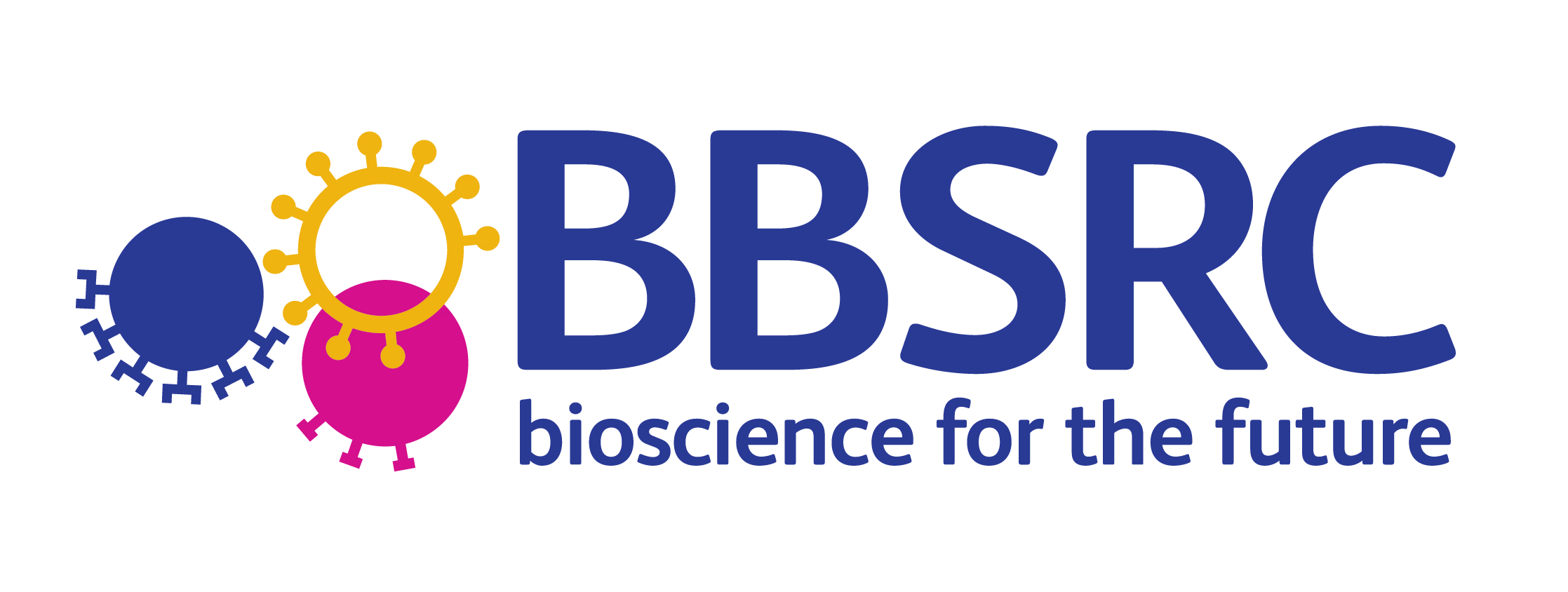Our research
We are interested in how the inner ear converts sounds into electrical signals, and how auditory cortex interprets these signals.
1. How the ear operates at the level of individual molecules remains largely unknown and is one focus of our current work. Capable of detecting atomic-scale vibrations, the inner ear is among the most sensitive biological sensory systems. It is also among the most vulnerable. Defects in mechanotransduction molecules cause deafness in millions of people. This is why this research topic is not only fundamentally interesting but also clinically important.
2. Natural behaviours, such as talking to a friend, are rooted in the brain's ability to recognize objects, such as faces and words. Impairment of this ability often accompanies severe communication disorders including dyslexia and autism. Because the neuronal mechanisms underlying auditory object formation and representation are poorly understood, our progress in treating communication disorders is limited. Using advances drawn from scene analysis and object representation problems faced by the visual system, we address the rules of acoustical feature selectivity and invariance, and their biophysical implementation, in auditory cortex of animals with complex vocal communication signals.
Our research is supported by grants from The Royal British Legion, BBSRC, Network of Excellence Award from Imperial College London, The Excellence Fund for Frontier Research from Imperial College London, The Wellcome Trust, The Royal Society and The US Army Research Lab.





